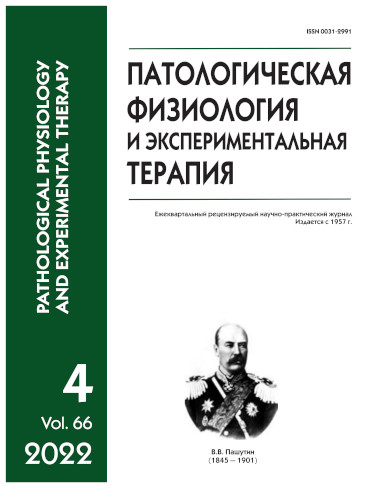The role of the Sirtuin 3 protein in the treatment of liver fibrosis
Abstract
The article presents a review of reports on NAD+-dependent deacetylase, Sirtuin-3 (SIRT3), as a protein with antioxidant capability, high metabolic activity, and a potential use in the treatment of liver fibrosis. Information about the SIRT3 structure, localization, molecular targets, and mechanisms of the action on liver fibrosis is provided. In the absence of effective treatment, continuous progression of liver fibrosis disturbs the normal structure and function of the liver, which can eventually lead to the development of cirrhosis. The mortality from cirrhosis as the terminal liver fibrosis ranks the 9th worldwide among all causes of death and the 6th among people of the most active working age. It has been demonstrated that oxidative stress caused by imbalanced formation and elimination of reactive oxygen species (ROS) is a trigger mechanism for hepatic fibrogenesis. Increased activity of certain antioxidant enzymes can suppress oxidative stress and, thus, delay the development of liver fibrosis. Studies have shown that the SIRT3 deficiency increases ROS and aggravates liver damage, while the SIRT3 activation contributes to attenuation of liver fibrosis. It was reported that SIRT3 may be a potential therapeutic target in the treatment of liver fibrosis, although this requires more detailed study. This review addresses the mechanisms of disorders in organs associated with the impaired SIRT3 activity. A possibility is shown to stop the development of fibrosis also in other organs, such as the kidneys, lungs, and heart, by limiting ROS and activating the antioxidant enzymes through SIRT3-dependent molecular pathways.






